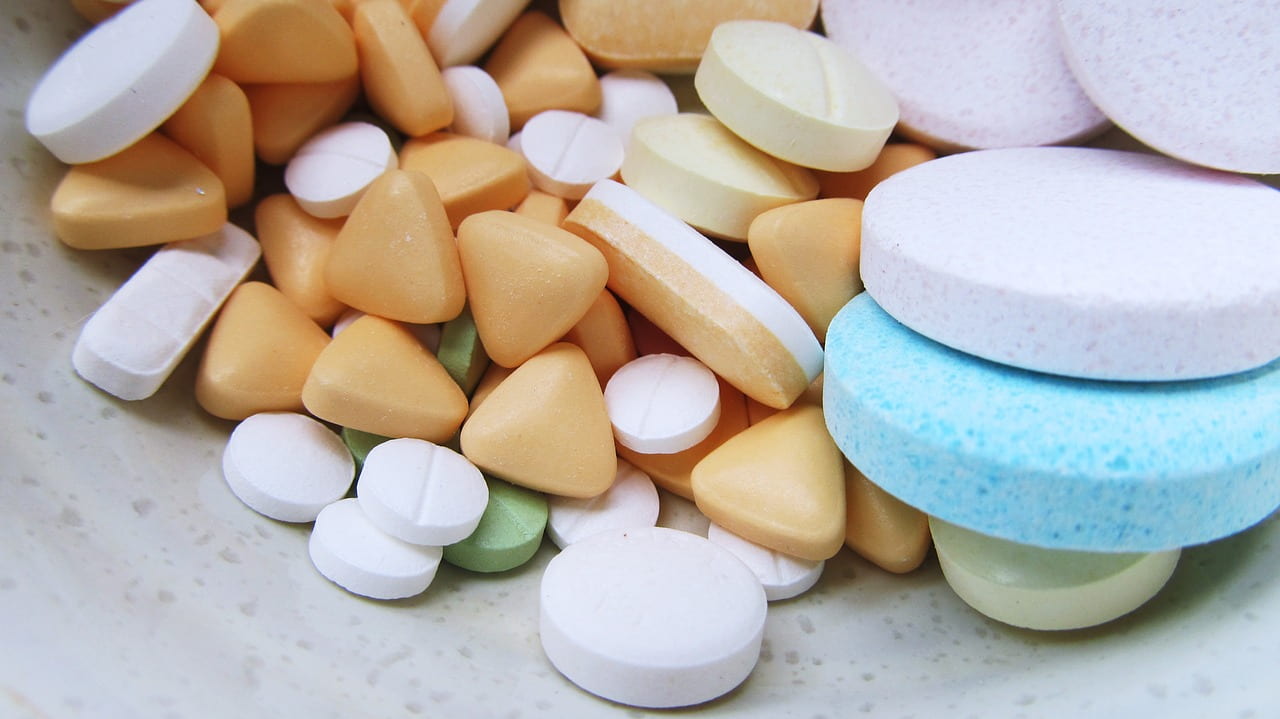By Travis Murray
The following are recommendations on methods and practices to limit the exposure of opioid and other habit-forming medications from misuse and abuse by one’s self or others. They are made by a licensed pharmacist, based on guidelines from the Food and Drug Administration. Do not start or discontinue taking any medications without first talking with your prescriber or pharmacist. Finding your local prescription drug take-back location in Pennsylvania can be located here.
The U.S. Substance Abuse and Mental Health Services Administration (SAMHSA) estimated that there were 22,000 pediatric opioid poisonings in the country from 2006-2012. The following are a list of practical ways to properly store and dispose of prescription medications that could be improperly used by others.
- Keep Medication in Original Prescription Vial
If you receive a prescription opioid medication, make sure to keep it in the original prescription bottle from the pharmacy. Medications should never be placed in vials that do not match the correct labeling. In the past, patients have admitted that they recycle old prescription bottles, or worse, combine multiple medications in the same vial. This increases the risk of the taking the wrong quantity or frequency of the medication or for caretakers to mistakenly give excessive doses of the opioid medication. This is important for all prescription medications.
- Keep Medication Out of Children’s Reach
If you have children at home, make sure that the medication is properly stored out of reach. The medication should be in the prescription vial with a child proof cap. Keeping the opioid medication vials in a locked cabinet may be appropriate.
- Dispose of Unused Medications Properly
If you have an opioid prescription that is no longer necessary, do not keep it in the house, “just in case.” There is a direct correlation between length of opioid use and the increased the risk of dependence and addiction. Opioids in the house also presents the opportunity for other inhabitants or visitors to use or sell. Many local municipal buildings take back prescription drugs at no cost. Often courthouses and police stations take back prescription drugs for destruction, and there are often DEA-approved drug take back days at pharmacies. Controlled substances should not be placed in the regular trash. If a drug take back is inaccessible in your area, the medications can be flushed or destroyed by mixing with coffee grounds or cat litter and water. Once the drug is dissolved and deactivated, the mix can be placed in a plastic bag, sealed, and discarded in the regular trash.
- Never Share Prescription Medications
Like any prescription medication, never share it with anyone else. This medication was prescribed to you by a doctor for a specific indication and it was deemed safe for you specifically by a pharmacist. Besides being a federal crime to share narcotics, opioids can be addictive, have side effects, and have many drug interactions.
- Dispose of Fentanyl Patches Properly
Topical fentanyl patches are highly lethal to children and must be disposed of carefully, especially since children have died thinking that used patches, which still contain this potent opioid, are stickers. When removing a fentanyl patch, the patch should be folded in half with the sticky sides together and flushed down the toilet. Fentanyl patches have also been known to fall off. If you are wearing one, be sure to feel for it multiple times a day, as a fallen patch presents the opportunity for children or pets to become exposed. Never apply to heat to a medication patch as well.
- Take your Medication Exactly as Prescribed and Instructed
Never take a medication more frequently or at larger doses than prescribed to you. If your pain is uncontrolled, it is important for your doctor to know and to appropriately manage. Never chew or crush long-acting opioid medications such as extended-release morphine, oxymorphone, or oxycodone as this increases the risk of toxicity.
- Avoid Operating Vehicles and Consuming Alcohol While on Opioids
Do not drive or operate machinery until you know how opioids affect you. Opioids affect everyone differently and most people will notice a level of impairment while taking them. Do not drink alcohol while taking opioids and do not start taking any over-the-counter or new medications without your doctor or pharmacist knowing. You are protecting yourself and the safety of others.
- Know the Signs and Symptoms of an Opioid Overdose
Signs of an overdose include a decreased breathing rate, pinpoint pupils, and unconsciousness. Prior to unconsciousness, overdosing victims may experience tiredness, dizziness, confusion, and vomiting. Death can occur from decreased oxygen to the brain and asphyxiation from vomit. It is also recommended that someone you live with or takes care of you has access to and knows how to use naloxone in the case of an overdose.
- De-Identify Prescription Vials When Discarding Them
Unfortunately, prescription opioids are valuable on the black market, so it is best for as few strangers to know as possible that you take opioid prescriptions to protect yourself from those who may wish to obtain it illegally from you. Labels on empty vials that contain personal information and the name of an opioid medication should be ripped off and blacked out before throwing them away.
- Talk with your Family and Healthcare Providers
Emphasize the risks and consequences of taking opioids with children. 70% of opioids used for nonmedical purposes are obtained from family and friends. Speak with your doctor and pharmacist about other options to control your pain and plans to de-escalate from opioids, if possible. You should not start any new medications without talking with your doctor or pharmacist first.



